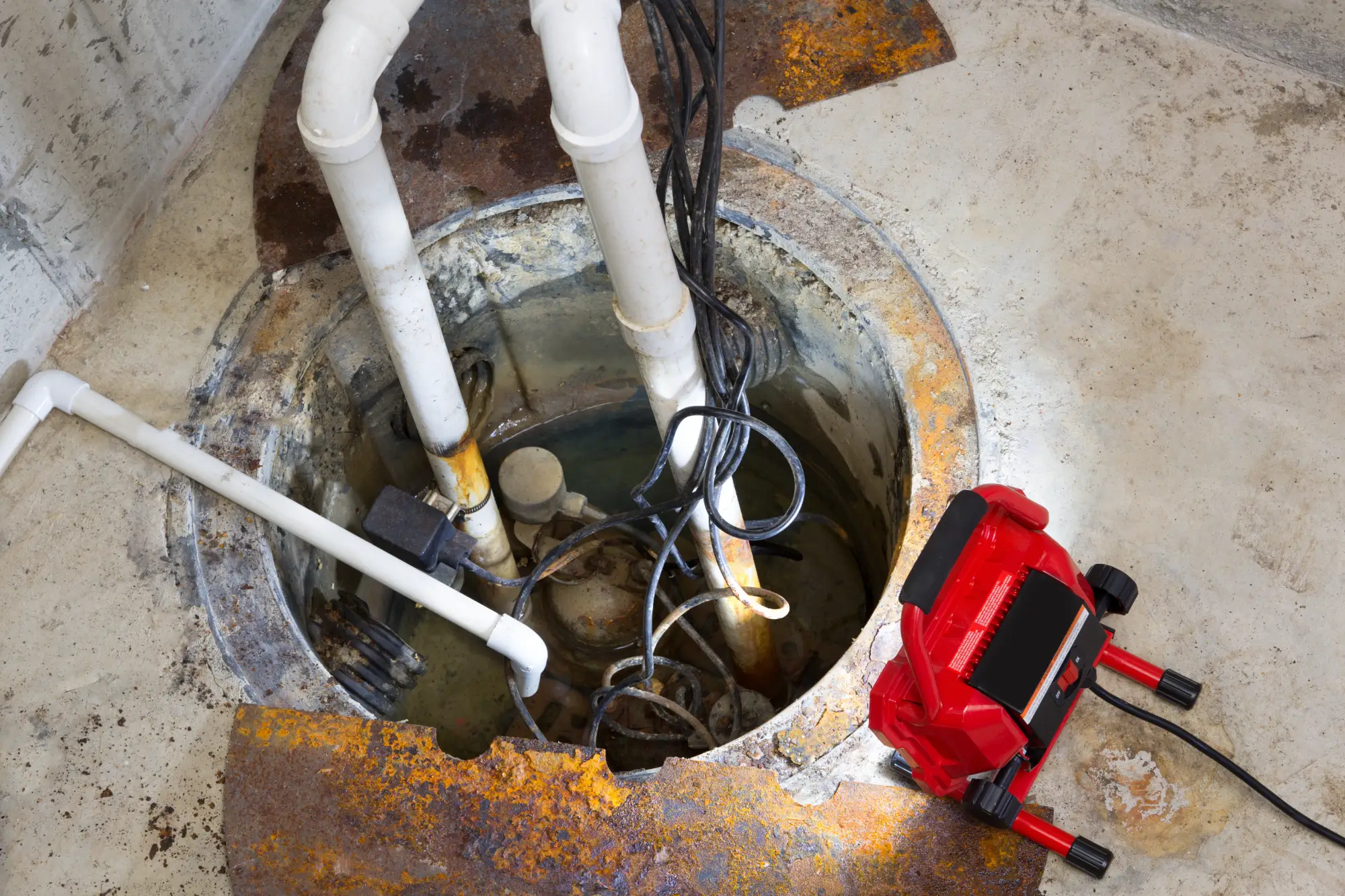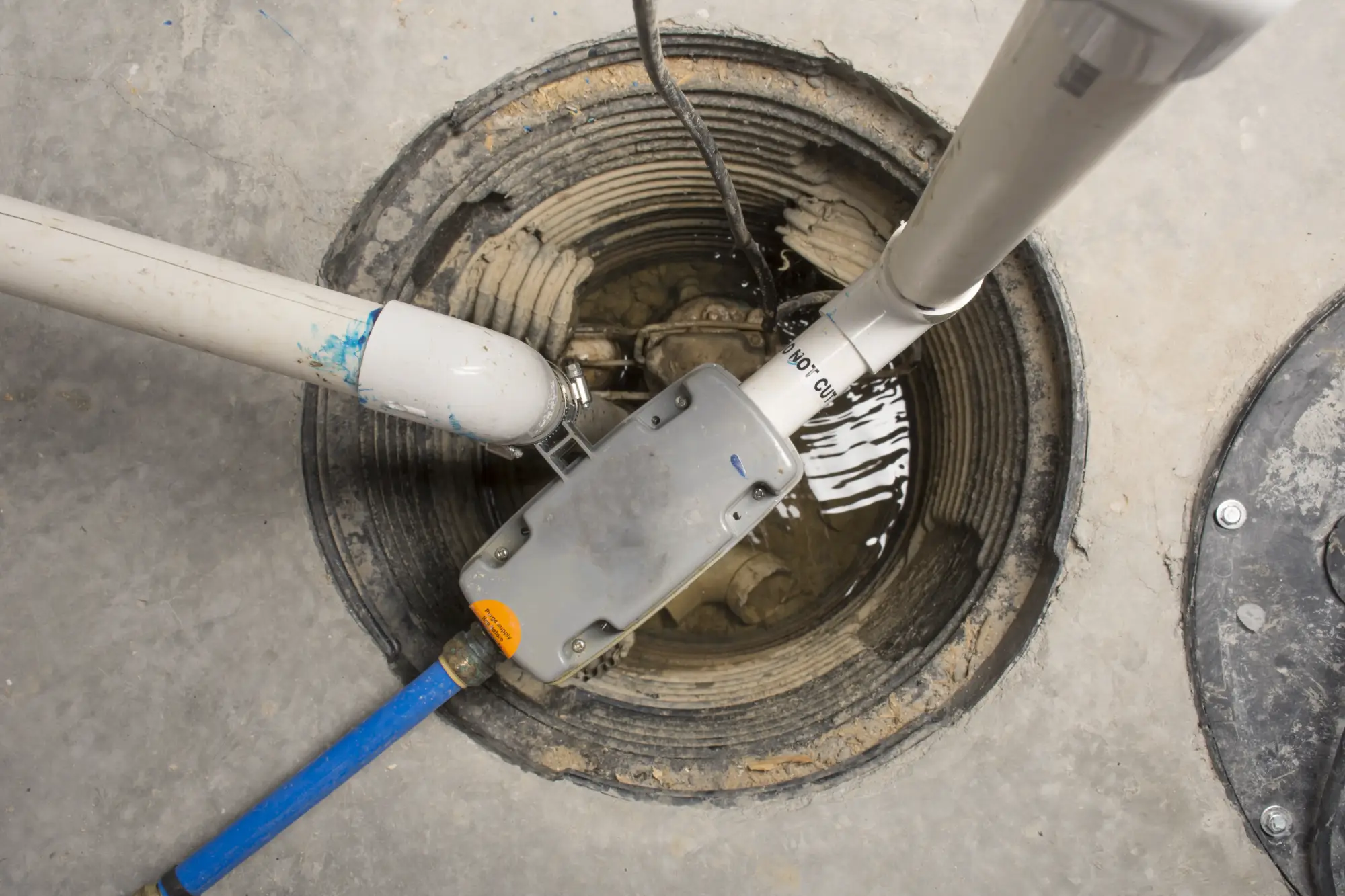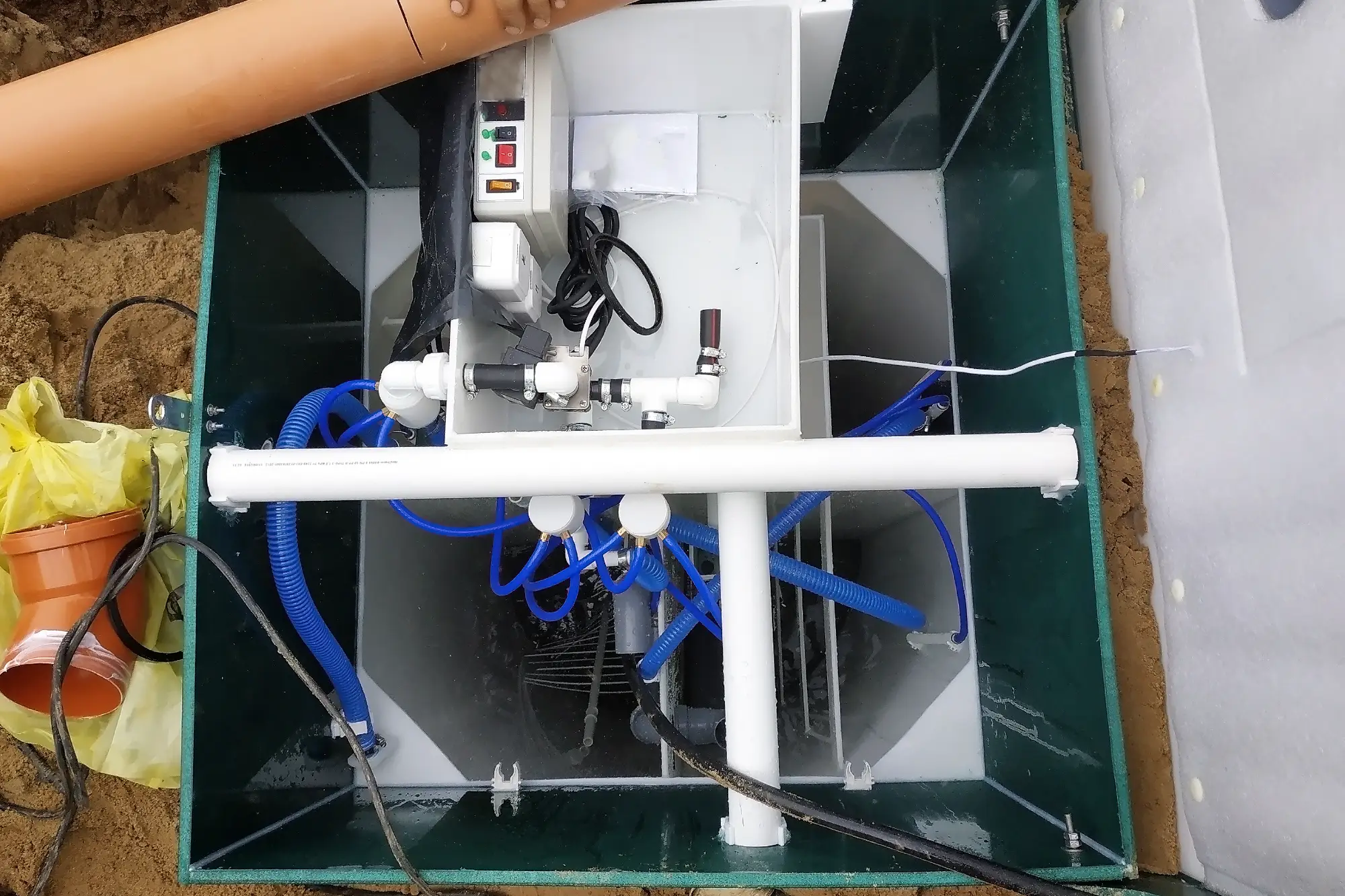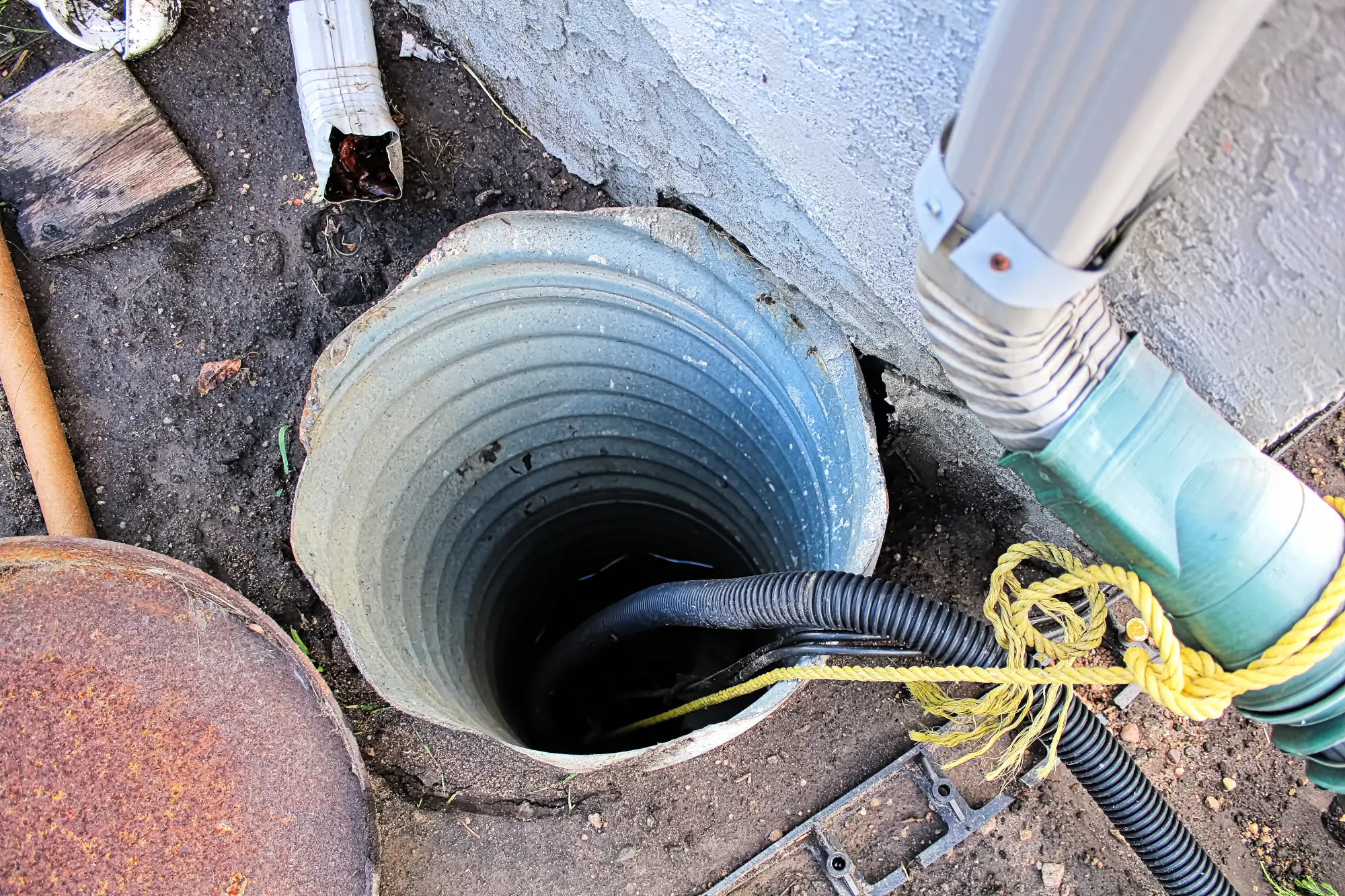Sump Pump Installation in Hewlett, NY
Stop Worrying About Basement Flooding
Professional sump pump installation that actually works when storms hit hardest.

Hear About Us

Basement Protection Hewlett NY
You’ll sleep better knowing your basement is protected. No more rushing downstairs during every heavy rain to check for water. No more moving everything off the floor when storms are forecasted.
A properly installed basement sump pump system handles the water before it becomes your problem. Your finished basement, your stored belongings, your utilities – they all stay dry and safe.
You get the peace of mind that comes with professional basement protection. The kind that works automatically, even when you’re not home.
Sump Pump Installation Company
Diamond Masonry & Waterproofing LLC has been protecting Nassau County basements for years. We understand how Long Island’s coastal location and seasonal storms affect your home’s foundation and basement.
We’re not the guys who show up, install whatever’s cheapest, and disappear. We size your system correctly, place it where it’ll actually work, and make sure you understand how everything operates.
Local homeowners trust us because we stick around. When you need service or have questions, we’re here.

Sump Pump Installation Process
First, we assess your basement’s specific water entry points and drainage patterns. Not every basement is the same, so cookie-cutter solutions don’t work.
We dig the sump pit in the optimal location – usually the lowest point where water naturally collects. The pit gets properly lined and graded so water flows in efficiently.
Your new sump pump gets installed with the right discharge piping, check valves, and electrical connections. We test everything thoroughly before we leave. You’ll know exactly how your system works and what to watch for.

Ready to get started?
Explore More Services
About Diamond Masonry & Waterproofing
Get a Free Consultation
Custom Sump Pump Solutions
Every sump pump installation includes proper pit excavation, professional-grade pumps sized for your basement, and complete discharge system setup. We handle the electrical connections and make sure everything meets local codes.
You get backup pump recommendations if your basement has had flooding issues before. We also explain maintenance basics so your system keeps working when you need it most.
Hewlett homes often need specific solutions because of the area’s water table and soil conditions. We factor in these local considerations instead of using generic approaches that might fail during heavy storms.

How do I know if I need a sump pump in my Hewlett basement?
What size sump pump do I need for my basement?
How long does sump pump installation take in my home?
Will my new sump pump work during power outages?
How often does a sump pump need maintenance or replacement?
What happens to the water after the sump pump removes it?
Local Resources
- Google Map Link
- Find the Hewlett, NY USPS
- Locate Nearby Hewlett, NY Pharmacies
- View the Current Weather in Hewlett, NY
- Hewlett, NY is located in Queens county in New York State